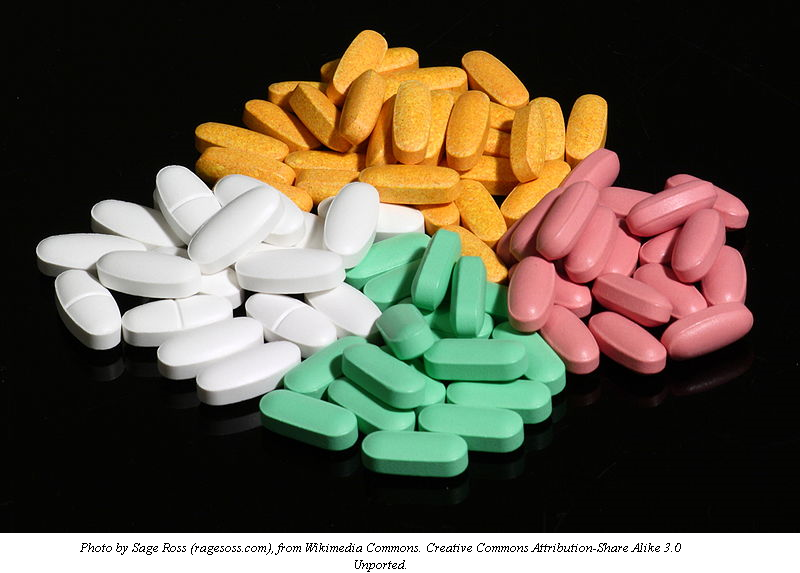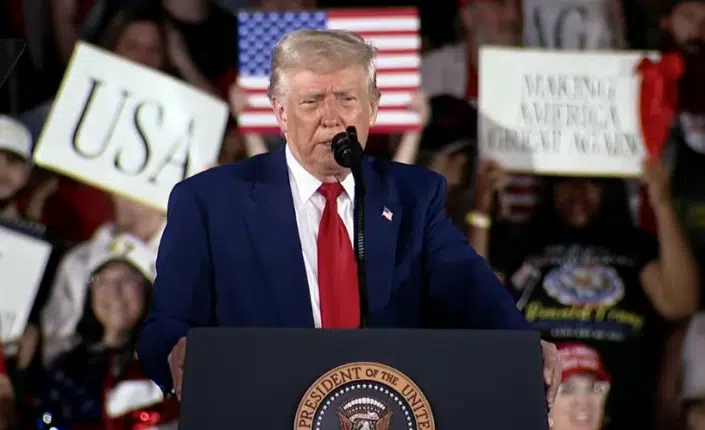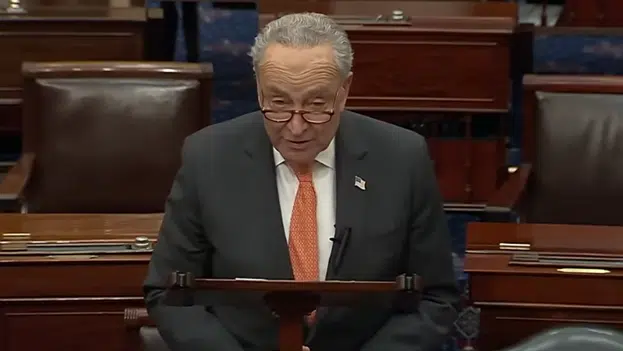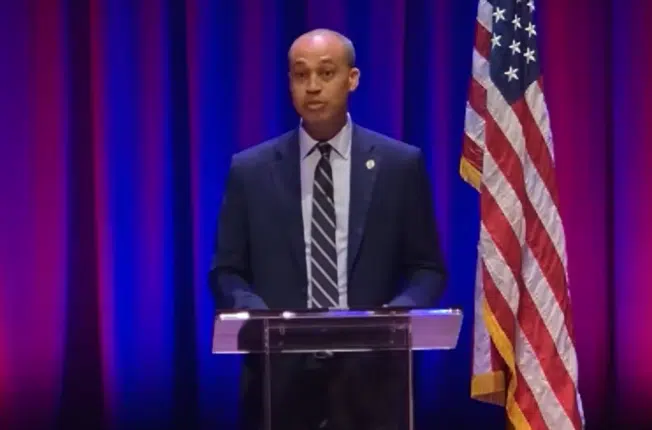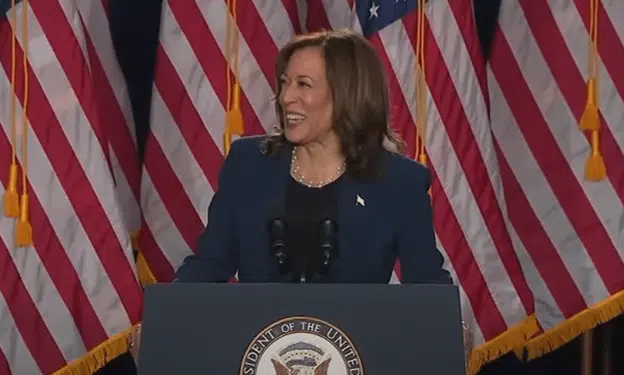President Donald Trump is currently considering an executive order that will direct the Center for Medicare & Medicaid Services (CMS) to implement a proposed 2018 rule instituting an International Pricing Index for Medicare Part B prescription drugs. The intent is to reduce drug costs for seniors. However, it will come at a significant cost to non-Medicare patients, who will be compelled to shoulder the costs of drug innovation.
How do we know that? Because the U.S. is already bearing the costs of drug innovation for the rest of the world, which uses similar price controls, in turn passing along the costs to the American people, who pay far more than the rest of the world.
According to a 2017 Commonwealth Fund study on international price comparisons for drug pricing, “Unlike the U.S., many other countries employ centralized price negotiations, national formularies, and comparative and cost-effectiveness research for determining price ceilings. In the U.S., health care delivery and payment are fragmented, with numerous, separate negotiations between drug manufacturers and payers and complex arrangements for various federal and state health programs.”
But because of global price controls, as drug prices are artificially kept down overseas, market forces shift the costs elsewhere, as noted in a 2019 study by Joseph Fuhr, Liam Sigaud and Steve Pociask, “How International Reference Pricing for Prescription Drugs Would Hurt American Consumers”.
This helps lead to higher prices here. As Fuhr, Liam and Pociask write, “One reason that pharmaceutical prices are so high in the U.S. is that the U.S. is subsidizing the rest of the world in the development of drugs… [D]rug development is costly and other developed countries should pay their fair share of these costs. Indexing U.S. prices to those in other developed countries will not solve this problem, since other countries will not increase their prices to pay their fair share and the result will be less pharmaceutical innovation, including for American consumers.”
What CMS proposes to do is to switch from the Average Sales Price (ASP) under the current system to the International Pricing Index for Medicare Part B patients, including using the prices of Austria, Belgium, Canada, Czech Republic, Denmark, Finland, France, Germany, Greece, Ireland, Italy, Japan, Netherlands, and the UK — all countries that already use price controls.
This aims to keep the costs of the Medicare program down, both to patients and taxpayers. CMS estimates the proposed rule cuts federal Medicare spending $16.3 billion over 5 years and federal and state spending $1.6 billion for Medicare-Medicaid dual beneficiaries.
That works out to a $3.6 billion annual cost to pharmaceutical companies’ compensation from taxpayers under the proposed regulation. But even if the purpose is to reduce senior of out of pocket costs or the federal spending burden on taxpayers, by importing foreign price controls, that money will still have to come out of somewhere as the costs for life-saving medicines will simply be passed on to non-Medicare patients in the form of higher prices.
Politically, this could also create an opening for Democrats to exploit the disparity by calling for more price controls or even for socialized medicine, further stifling innovation. House Democrats have proposed Medicare for All, while Speaker Nancy Pelosi (D-Calif.) and former Vice President Joe Biden are similarly offering Biden’s public option.
Either way, Democrats can bill socialized medicine as a means of reducing out-of-pocket prescription costs that non-Medicare patients will be burdened with under the CMS rule.
Ultimately, the question that remains is who pays for the price of drug innovation?
According to a revised 2016 study by Joseph A. DiMasi, Henry G. Grabowski and Ronald W. Hansen, “Innovation in the pharmaceutical industry: New estimates of R&D costs,” it costs $2.6 billion to get a new prescription drug developed and through FDA approval. The cost rises to $2.87 billion when post-approval research and development costs are factored in.
What the federal government via CMS is saying is that the costs of research and development will no longer be subsidized by Medicare, the program that arguably needs those drugs the most for seniors.
The understated impact of price controls, unfortunately, is when the rest of the developed world uses them, not only are they not paying their fair share, they are passing the costs along to us. This is not unlike the situation that the U.S. finds itself vis a vis NATO, where the U.S. is expected to shoulder a disproportionate share of national defense spending, something President Trump has been savvy to and has sought to rectify among our allies.
In a similar vein, instead of passing higher costs for prescription drug costs onto non-Medicare patients, a more equitable solution would be to negotiate a G20 accord for cost-sharing on drug innovation, whether as a treaty, a trade agreement or even a high-level executive agreement. Why is the U.S. expected to spend the lion’s share of money on research and development?
In addition, given the high costs of bringing drugs to market, and the situation we now find ourselves in with the Chinese coronavirus, a thorough reform of Food and Drug Administration (FDA) approval process is long overdue. We need to speed up that process as was done to combat the AIDS epidemic in the 1980s and reduce costs along the way.
The last thing we want to do, in the age of COVID-19, is stifle innovation among prescription drug developers — when we need it the most.
Robert Romano is the Vice President of Public Policy at Americans for Limited Government.


